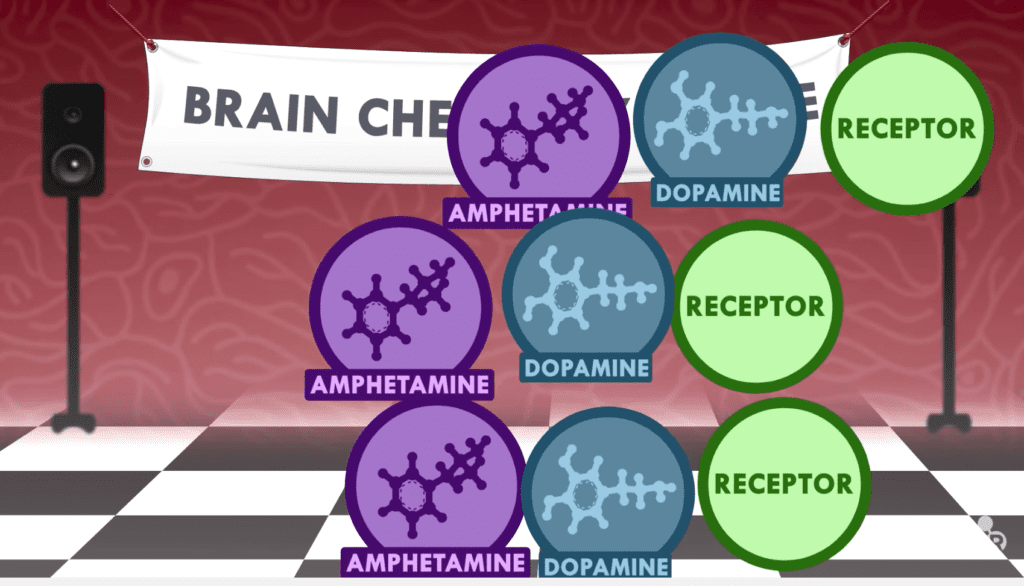

One of the greatest struggles about making a video is writing the script. You nail down a topic you’re happy with, but what do you want the video to say?
Maybe you check the internet to see if your idea for a video on this topic has been done before. In most cases, others have produced videos or written about your topic. Don’t let this deter you from making a video. The internet is an expansive space; there’s enough room for your video.
Once I’ve chosen a topic for a video and it has been approved, I begin to brainstorm about how to structure the script. This is where I ask myself, “What am I adding to the conversation?” Unfortunately, this is a question many content creators overlook. Knowing what you’re adding to a broader conversation on your topic helps you to focus the video, establish your brand and get your production done quicker. In addition it will be a large factor determining the amount of clicks and engagement a video will generate.
If you don’t ask yourself what you’re adding to the conversation, your video has the potential to suffer. It can become trite, irrelevant or completely uninteresting. Here are several ways to ensure you add to a conversation.

ACS released a video about how Adderall works in mid-May, timed to coincide with college finals and students are eager to learn how to enhance their focus. The angle was how Adderall works, instead of limiting content to what Adderall does. A personal touch in this video was input from a subject diagnosed with ADHD who was prescribed Adderall. The video has been widely successful and two years later still gains thousands of views per week.
https://www.youtube.com/watch?v=MeJRBsghMt8
Pick a unique angle. Fidget toys seem to be the new gadgets of the moment. It would make sense to want to make a video about them to catch the news wave. But there are articles and videos about them everywhere: What they are, how to get them, which schools are banning them and, of course, their popularity. These topics are covered heavily. I know so much about fidget toys just by scrolling through my
Facebook feed that I’ve stopped caring. What is it about your fidget toys video that’s going to make it stand out?
Ask questions no one else is. Continuing with our fidget toys example, begin to think deeper. What is the physics behind how fidget toys work? What is the psychology behind the seeming addiction to them? Do they help create a chemical balance in the brains of people with ADHD so they can concentrate better? These questions are adding to the conversation by going underneath the surface of the fidget toy frenzy and getting to the root of it. In addition, they start fresh discussions. Pick the angle that fits your brand and work on your script. Avoid forcing a connection, though. As a communicator you know authenticity is critical. Creating a video about fidget toys when their connection to your brand is tenuous would be a mistake.
Get personal in a way people can relate to by creating a narrative. Now make your video relatable. Talk to someone who uses fidget toys. Interview a bunch of people who use fidget toys. Use one yourself. Discuss experiences as they relate to others and create a narrative that will be engaging. For example, in the U.S., high school is a universal experience. Get up close with a few people who have ADHD. Do the same for people without ADHD yet still use fidget toys. Talk to high schoolers, college students and working professionals. Ask them about their experience in high school and challenges they faced. Ask high schoolers if fidget toys help them concentrate or deter them. Ask the same of college students. Then ask working professionals if they think the toy would have helped them in high school or deterred them. This could make for an interesting video that people may be more prone to engage with. Personal stories that are universally relatable add to conversations because they make people insert themselves into the topic. Is there anything people like to do more than think about themselves?
Do it your way: Last, add your voice to the video. This might seem like a cop-out, but
YouTube celebrities rarely become rich by having bad personalities. Whereas everyone has the idea to make a video about fidget toys, you are the only one who’s going to make your video with your voice in it. One of the things people love about videos is that they can be a different experience than reading a
Wikipedia page. You, the video maker, get to insert vocal inflection and personality into your creation. A caveat: If you’re relying on your voice to add to the conversation, be sure it’s a good voice and a unique one. There are millions of hilarious people. What makes you funnier, or what fresh sense of humor are you bringing to the video? It’s the same with cynicism. What’s your critical take on fidget spinners that no one else is talking about? Adding to the conversation works best when you pair asking new questions or getting personal with your voice. Adding your personality to a new angle will create a good video and increase clicks and engagement.
Think about visuals before scripting: The old joke is that there are two schools of thought: those who think everything can be a video, and those of us who disagree. Some topics by nature are less visual than others. Other times a topic may have boring visuals or the available visuals make for unpleasant viewing. Should you think about visuals during scripting? Definitely, although the time to think about visuals is even earlier than that. When deciding on possible videos, I ask, “Does this topic lend itself to being expressed visually?” Perhaps a better question to ask is, “Can this topic be expressed visually given the manpower, bandwidth, schedule, equipment and budget I have?” For example, some topics might be too complicated to make into a video. Animation and motion graphics are time consuming. The more visually complex and involved your topic, the longer it’s going to take to create a video. Designing and animating shots can take months to produce, and that’s with teams of people working on them. Even assuming infinite budgets, schedules and technology, some topics will pose problems. As a science communicator I have come up against technical topics that are so new the reference materials that could guide us in developing visuals to represent these technologies don’t yet exist. In those cases I’ve decided to forego a video, lest my less-than-accurate graphics warrant a charge of fake news.
Before Shooting:After your script is done, take a step back and look at it. Does the information you’re offering add significantly to the conversation? Think about what a viewer will gain from your video. If it’s little more than a Wikipedia article, you probably need to do more work.
For the Tight Budget: One of the best things about figuring out what you’re adding to the conversation with your video is that it can be done on a tight budget. Having conversations about ideas or talking to people is very cheap when it comes to making a video. In addition, once you have a direction for your video, you can nail down a schedule to make sure your video can get done quickly, which will save on costs.

There is a plethora of content about Apple’s iPhones. Still, buzz heats up just before the brand debuts another model. A video about how to make your phone battery last longer was timed to hit just before a new iPhone was released. This angle is relatable to everyone with a smartphone. The video added to the conversation about a hot topic (a new iPhone), yet battery life was a niche not talked about much. In addition the video includes a Pokemon Go reference, since at the time the game was blazing hot on phones and reportedly was a drain on batteries. A unique voice was added by explaining the chemistry behind the battery hacks, instead of just simply listing them. This video continues to pick up views regularly.
https://www.youtube.com/watch?v=zUlbHMDCosI
NOTE: This content appeared originally in PR News, June 19, 2017. For subscription information, please visit: https://www.prnewsonline.com/about/info
CONTACT: [email protected]
